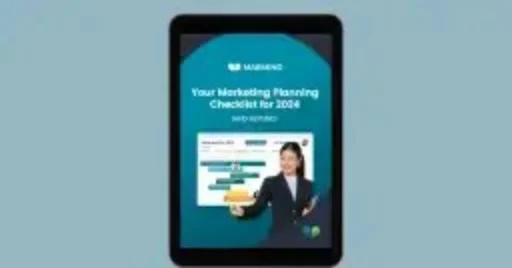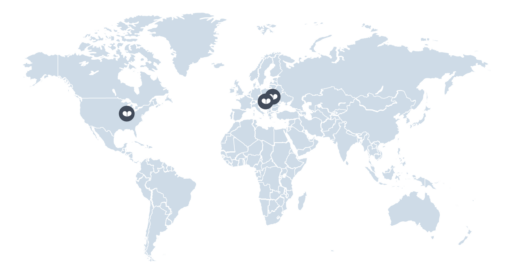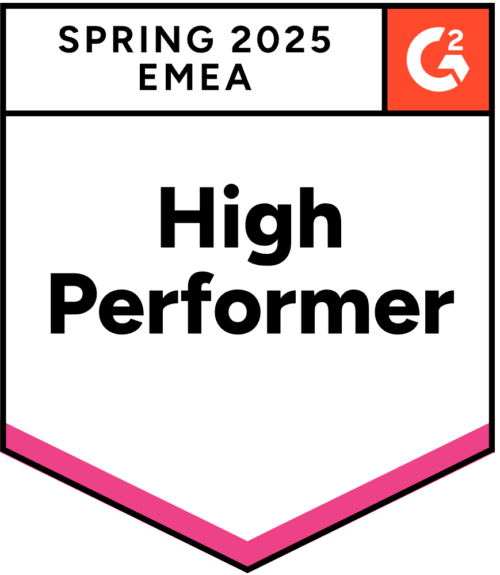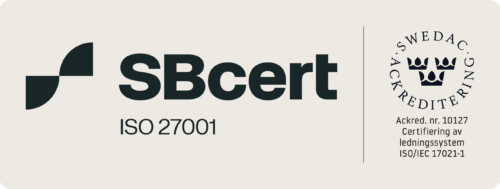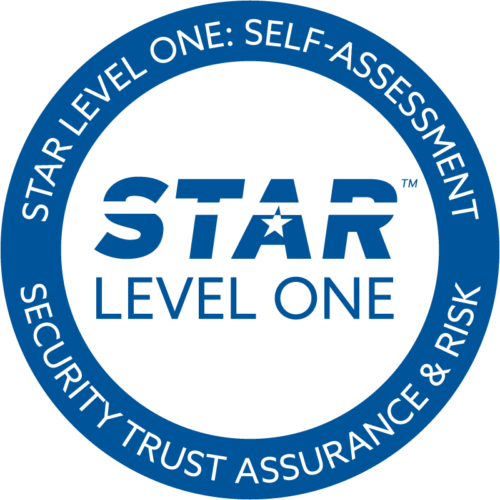Planning & steering to support further expansion and internationalization at REHAU

REHAU is a leading developer of polymer-based innovations and solutions in the construction, automotive and industrial sectors. Around 20,000 employees of the independent, family-owned company generate more than 3 billion euros in annual sales at 170 locations worldwide. REHAU is growing constantly. The company consistently drives advancement and versatility of its product and customer segments. The group accordingly restructured its marketing in October 2020 – from a central to a divisional organization. The “window solutions” (WS) division is strategically transforming itself here from a profile provider to a solution-oriented system specialist. This approach includes, among other things, a focus on business with accessories, smart technologies and digital solutions. It also embeds the division’s operations in a sustainability strategy based on a circular economy which is unique in the industry.
Accordingly, the marketing system was completely redesigned. The future belongs to comprehensive B2B communication, including all involved intermediaries such as architects, planners, and merchants. Taking place at the same time is B2C communication which extends the focus to the end-customer and, thus, a new target group. These measures not only make marketing sustainable, but also successfully drive ongoing internationalization. This is because different market conditions and regional solution portfolios can now be served in a context-sensitive manner.

An analysis of existent planning and reporting as part of marketing revealed inconsistent processes: Thus far, plans had been created using a variety of unconnected formats such as PowerPoint, Word, and Excel. Each aggregation for the executive board caused additional manual work. Realtime updates on campaign planning and related costs (KPIs) were difficult. Coordination with product management, sales and the company’s own academy for user training was cumbersome. Current communication within the organization was difficult, as was tracking and forwarding of KPIs.
The objective: To establish a successful marketing tech solution in the field of planning and steering. It was meant to simplify, visualize, and aggregate existent processes to allow teams to concentrate more on the essentials. The
focus: Easy application, quick implementation, and modular expandability. Measures for this include connection of Google Analytics, import of additional data, and simple conveyance to cost centres in SAP FI/CO. The decision was made top-down and involved just a few colleagues who work across countries and are in regular contact with the regions.
Project managers divided implementation of the envisioned objective into 4 phases. This was meant to ensure quick roll-out with core functionalities, while preventing excessive discussions about interfaces/programming:
1. Quick utilization of core functions such as budget planning, campaign and activity planning, visualization in a comprehensive calendar, and figures of basic KPIs in dashboards. This first phase comprised the proof-of-concept for dealing with more complex automated interfaces in the next step.
2. Advanced features in KPI tracking with a focus on manual import & quick wins:
KPI reports from SAP eCommerce Cloud were previously transferred manually, as were the actual-cost import parameters of SAP FI/CO. This was based on Excel exports from SAP. Website data are automatically obtained via the Google Analytics interface of Marmind.
3. Integration of media planning of agencies:
The key for this is direct upload to the MRM system with flexible drill-down possibilities as far as the level of individual placements.
4. Automated interfaces to SAP solutions and, in future, to the SAP Marketing Cloud.

The results underline that the selected approach works very well. Fast-track implementation made it possible to realize roll-out in all EMEA countries within three months. The basis: Improved visibility and interface communication within/with countries through transparent planning on a common and comprehensive platform for planning and steering as part of marketing. This creates an internal opportunity to obtain an overview of strategic projects and activities in realtime. Homogeneous processes involving common standards and templates were created in addition. Better cross-functional cooperation with product management and sales is now possible in the organization.
Initial planning of campaigns and launches reduces the required time by up to 75%, and follow-up tasks save even more time because plans can be presented overlapping in different contexts and dimensions. This facilitates overall planning of the marketing mix and identification of overlaps/white spots, while reducing the need for subsequent coordination and modification of plans.
LESSONS LEARNED
A symbiosis between the analogue and digital worlds is needed. A positive and naive approach, combined with the courage for quick implementation, helps convert analogue/manual processes into a digital world.
Too detailed theoretical planning of processes in advance is often an impediment. Firstly, it clearly restricts new options not known in advance, and secondly, poses a risk of unnecessary work steps which could be amended or resolved in digital mode.
New use cases not known before – at least in the familiar context – emerge.

A heuristic approach and the courage to fail form the basis for a mindset providing the best solution for the respective application context.
Roll-out in small and extra-small groups is particularly efficient, because staff have different attitudes, motivations and/or barriers with regard to the matter at hand – especially if standard processes are not integrated from the start.
Essential for success is cooperation and direct, mutual exchange with the provider in all project phases.





